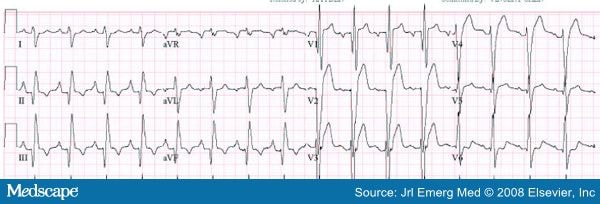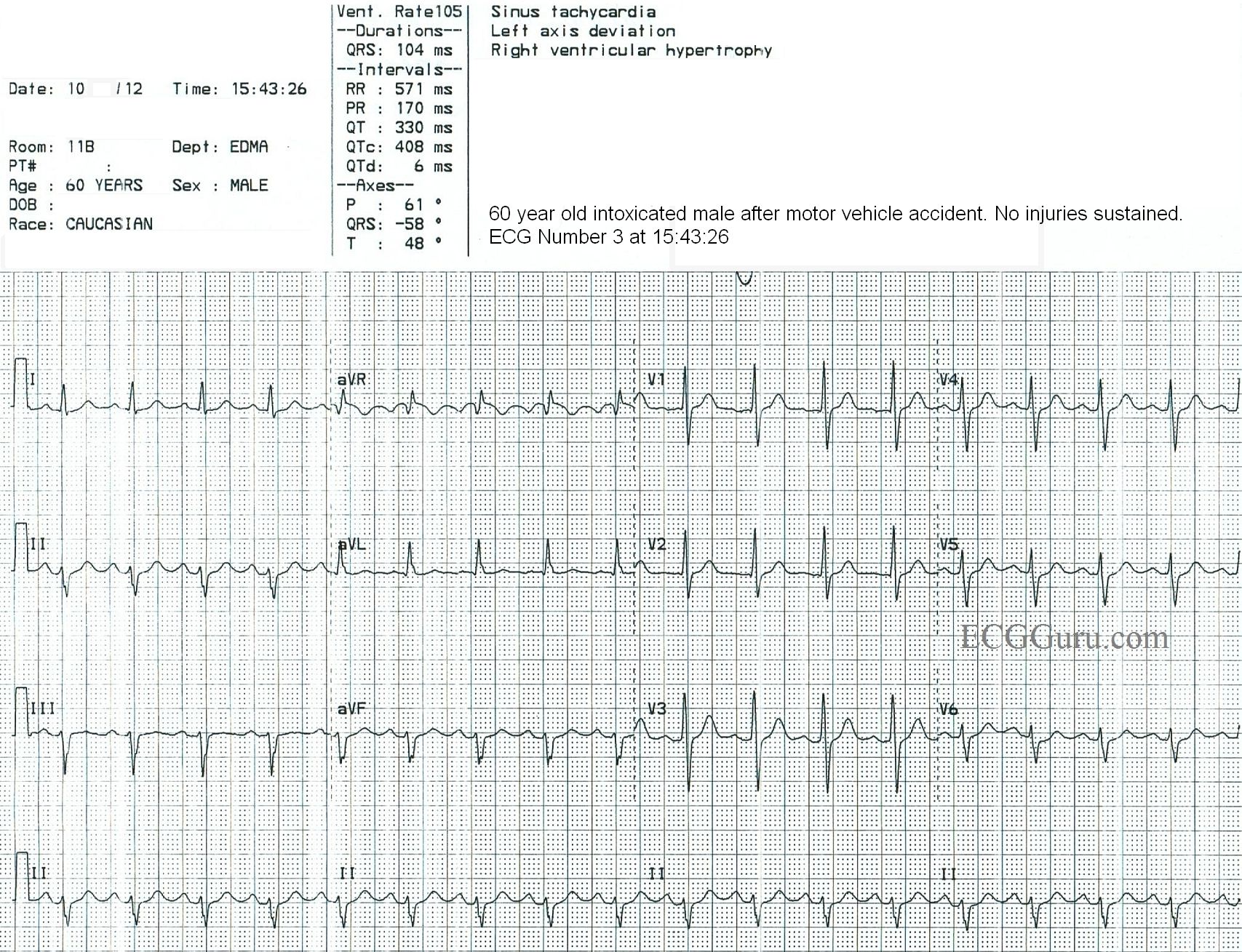


Hurst’s The Heart 8th Edition, McGRAW-HILL 1994. Intraventricular Conduction Blocks References The underlying cause of a bundle branch block should always be treated- the conduction defecit may resolve. More severe arrhythmias may require permanent pacing. Mild partial bundle branch blocks require no treatment. How is Intraventricular Conduction Blocks Treated? LBBB, left bundle branch block RBBB, right bundle branch block NS-IVCD. Treatment such as insertion of a pacemaker is available if complete heart block becomes imminent. age and sex for RBBB and sex and coronary artery disease for NS-IVCD. The prognosis of bundle branch blocks depends on what caused the disorder, and whether the conduction disturbs progress. Prognosis of Intraventricular Conduction Blocks Cardiac enzymes may be elevated if the bundle branch block is secondary to an acute myocardial infarction, but only if this is an acute event. A chest x-ray will show any obvious ventricular disease such as hypertrophy or cardiomyopathies – Blood Tests should exclude electrolyte imbalances as a cause of bundle branch block. How is Intraventricular Conduction Blocks Diagnosed? The importance of bundle branch blocks is that they can indicate conduction disease of the heart, and they may progress to complete heart block. For instance right bundle branch block results in delayed right ventricular contraction and left bundle branch block causes delayed left ventricular contraction. Progression of Intraventricular Conduction BlocksĪ block of either branch of the ventricular conducting system produces a de-coordination of the contraction of the two ventricles (the left and the right). All rights reserved.Risk Factors for Intraventricular Conduction BlocksĬauses of a right bundle branch block include:Ĭauses of a left bundle branch block include myocardial disease, particularly myocardial infarction, left ventricular outflow obstructions and fibrosis of the conducting system. Patients with R-IVCD constitute a subgroup of patients with a long Q-LV interval.Ĭardiac resynchronization therapy Heart failure Left bundle branch block Left ventricular electrical delay Nonspecific intraventricular conduction delay Right bundle branch block.Ĭopyright © 2016 Heart Rhythm Society. Mid-QRS notching in lateral leads strongly predicts a longer Q-LV interval in L-IVCD patients. Patients with LBBB have a very prolonged Q-LV interval. The R-IVCD group presented an unexpectedly longer Q-LV interval (127.0 ± 12.5 ms 13/15 patients had Q-LV >110 ms). Nonspecific IVCD Criteria: QRS > 0.12 sec. Causes can be classified based upon the site of pathology in the ventricular conduction system as well as the associated medical condition. NONSPECIFIC INTRAVENTRICULAR CONDUCTION DELAY (IVCD): An electrical delay in the conduction pathways that sends impulses into the ventricles, and does not meet criteria for right or left bundle branch blocks. These abnormalities can be due to pathology in either the left bundle of His or its fascicular branches or the right bundle of His or its combination resulting in changes to the QRS complex. Isolated mid-QRS notching/slurring predicted Q-LV interval >110 ms in 68% of patients. Intraventricular conduction delays(IVCDs) refers to abnormalities in the intraventricular propagation of supraventricular impulses. Patients with LBBB presented a long Q-LV interval (147.7 ± 14.6 ms, all exceeding cutoff value of 110 ms), whereas RBBB patients presented a very short Q-LV interval (75.2 ± 16.3 ms, all 150 ms and intrinsicoid deflection >60 ms. The Q-LV interval in the different groups and the relationship between ECG parameters and the maximum Q-LV interval were analyzed. The IVCD group was further subdivided into 81 patients with left (L)-IVCD and 15 patients with right (R)-IVCD (resembling RBBB, but without S wave in leads I and aVL). One hundred ninety-two consecutive patients undergoing CRT implantation were divided electrocardiographically into 3 groups: left bundle branch block (LBBB), right bundle branch block (RBBB), and nonspecific intraventricular conduction delay (IVCD). The purpose of this study was to assess the impact of Q-LV interval on ECG configuration. Estimating left ventricular electrical delay (Q-LV) from a 12-lead ECG may be important in evaluating cardiac resynchronization therapy (CRT).


 0 kommentar(er)
0 kommentar(er)
